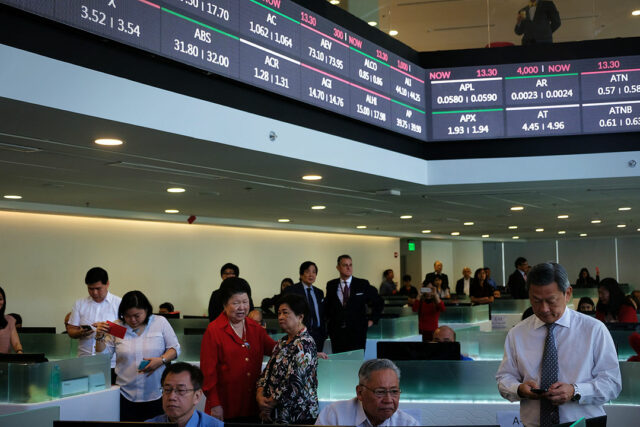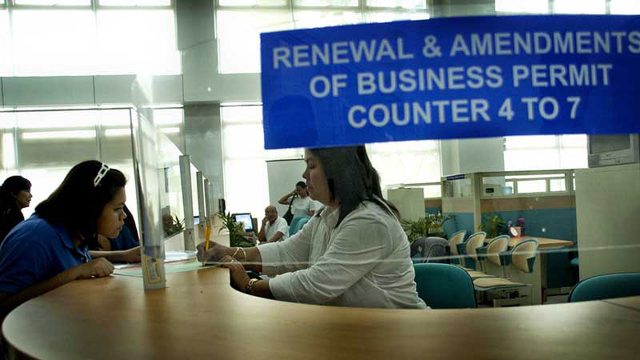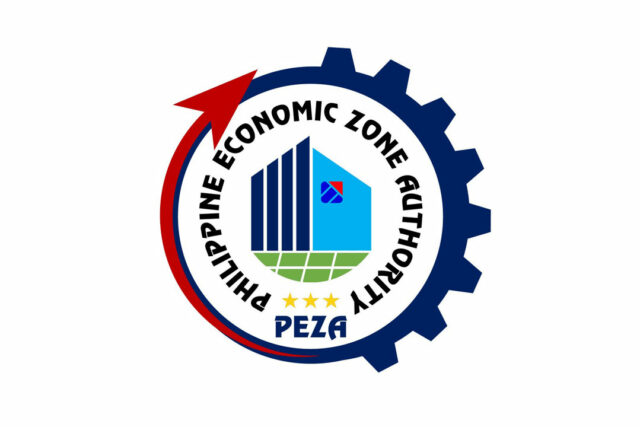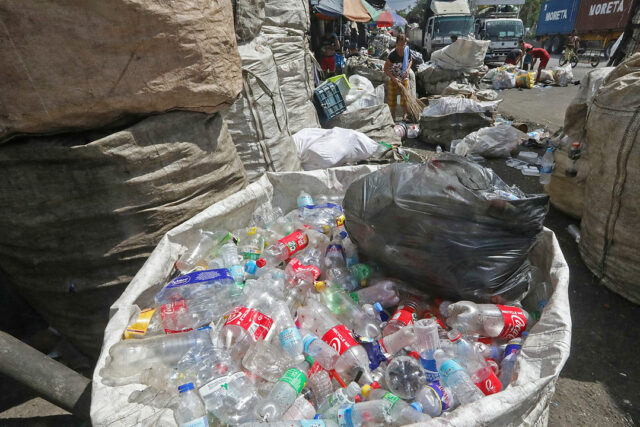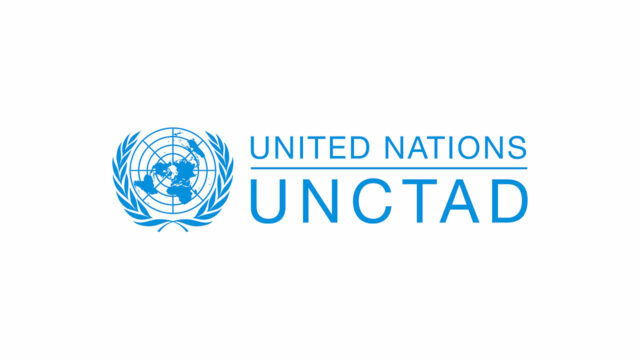PSEi extends slide on weak economic outlook
THE MAIN INDEX ended lower for the seventh straight session on Thursday after a global think tank said the Philippine economy is expected to grow slower than the government’s targets from 2024 to 2028.
The Philippine Stock Exchange index (PSEi) fell by 0.33% or 21.47 points to end at 6,344.56 on Thursday, while the broader all shares index rose by 0.05% or 1.85 points to close at 3,440.31.
“Economist Impact Asia Pacific’s projection that the Philippine economy will grow below the government’s target until 2028 weighed on sentiment,” Philstocks Financial, Inc. Research Analyst Claire T. Alviar said in a Viber message.
Andrew J. Staples, Asia-Pacific head of thought leadership and public policy at global think tank the Economist Impact, on Wednesday said they expect the Philippine economy to expand by 5.4% this year, below the government’s 6-7% gross domestic product (GDP) growth target for the year. It will also be a tad lower than the revised 5.5% GDP expansion in 2023.
For 2025, Mr. Staples said Philippine GDP is expected to expand by 6.4%, slightly lower than the government’s 6.5-7.5% target. He expects GDP growth to ease to 5.6% in 2026 and 5.9% in 2027 and 2028, also below the 6.5-8% goal through 2028.
“The local stock market lost its early momentum, ending in negative territory for the seventh consecutive session. The lack of catalysts to boost investor sentiment contributed to the benchmark index’s decline,” Regina Capital Development Corp. Head of Sales Luis A. Limlingan said in a Viber message.
“The local bourse dropped amid a lack of fresh leads to drive the market upwards… Investors are seeking clear direction on interest rates amid mixed signals, making them wait for the next policy meeting despite expectations that the BSP (Bangko Sentral ng Pilipinas) won’t cut rates,” Ms. Alviar added.
The BSP will next meet to review policy on June 27.
The Monetary Board has kept its benchmark rate steady at a 17-year high of 6.5% since October 2023 following increases worth 450 basis points to bring down inflation.
Majority of sectoral indices closed lower on Thursday. Services dropped by 0.68% or 13.34 points to 1,945.59; financials declined by 0.68% or 13.33 points to 1,921.53; property retreated by 0.48% or 11.93 points to 2,426.32; and industrials went down by 0.3% or 27.48 points to 8,939.10.
Meanwhile, mining and oil rose by 1.6% or 140.48 points to 8,889.54, and holding firms increased by 0.37% or 21.19 points to 5,619.52.
Value turnover dropped to P3.94 billion on Thursday with 328.28 million shares changing hands from the P4.07 billion with 363.03 million issues traded on Wednesday.
Advancers beat decliners, 92 against 86, while 58 names closed unchanged.
Net foreign selling declined to P552.19 million on Thursday from P594.67 million on Wednesday. — R.M.D. Ochave

